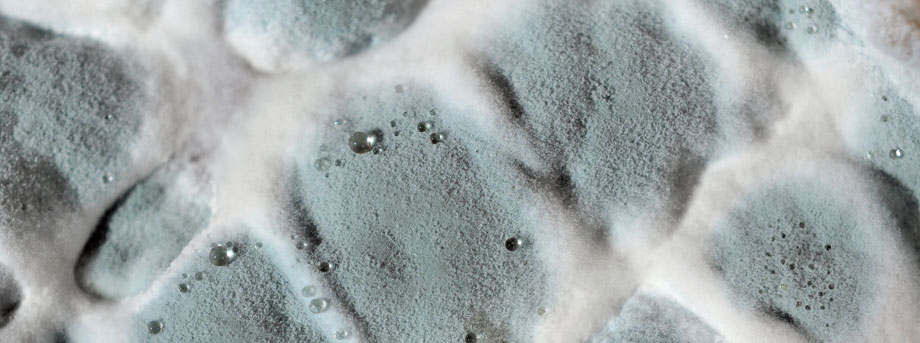Breaking the mould
March 8th, 2011
It’s the champagne of the cheese world and the gastronomic pride of the East Midlands but now blue cheese is under the microscope in a quest for the best quality.
Researchers at The University of Nottingham and The University of Northampton are working with a Nottinghamshire cheesemaker to examine what gives blue cheeses their distinctive taste, texture and smell.
The scientists hope to find out how micro-organisms in blue cheese work, which could lead to better quality, consistency and fewer defects in the manufacturing process. They are working with Stichelton Dairy on the Welbeck Estate in North Nottinghamshire, which produces a classic English unpasteurised blue cheese, similar to Stilton.
Micro-organisms, known in the trade as starter cultures, are added to milk in the manufacture of cheeses. But the final ‘flora’ of a cheese develops during ripening and contains many micro-organisms that have not been manually added, known as ‘secondary flora’.
Previous work at The University of Nottingham has shown that in complex cheeses like Stilton the secondary flora varies in different parts of the cheese (core, blue veins and rind) and that these organisms contribute to the flavour properties of the product.
Also, some of the organisms may enhance the cheese’s ‘blue’ characteristics while others may be undesirable as their anti-fungal properties can stop the mould growing and prevent the blue veins developing.
The research will look more closely at how secondary flora contributes to flavour and which microflora may need controlling to allow blue veins to develop. The identification of any natural antifungal compounds may have a range of applications both within the food industry and outside.
The East Midlands is famous as the home of Stilton production and the project could ultimately help local blue cheeses achieve a larger slice of the global market by making regional producers more competitive. The research findings will be shared with cheese producers across the UK.
Prof Christine Dodd, from Nottingham’s Division of Food Sciences, said: “We are very pleased to receive this grant from the Food and Drink iNet for our research, which will help us to progress our understanding of the way flavours develop in these complex cheeses and the contribution that the different microflora components contribute to this.”
The project has won one of five Collaborative Research and Development grants worth a total of more than £245,000 announced by the Food and Drink iNet, which co-ordinates innovation support for businesses, universities and individuals in the food and drink sector in the East Midlands. Funded by East Midlands Development Agency (emda) and the European Regional Development Fund, the Food and Drink iNet is one of four regional iNets that has developed an effective network to link academic and private sector expertise and knowledge with local food and drink business innovation needs.
Tags: blue cheese, Collaborative Research and Development grants, Division of Food Sciences, East Midlands Development Agency, econdary flora, emda, European Regional Development Fund, Food and Drink iNet, microflora, Prof Christine Dodd, The University of Northampton
One Comment
Leave a Reply
Other News

Need news? See you on SharePoint
After 14 years of service, Campus News is being retired as the university’s staff news platform. […]

Roads and car parks closed for refurbishing work
As part of ongoing road improvements at the university, works will be taking place to resurface […]



August 22nd, 2017 at 8:40 am
Randal Oulton
Article would be more useful if it had been dated.